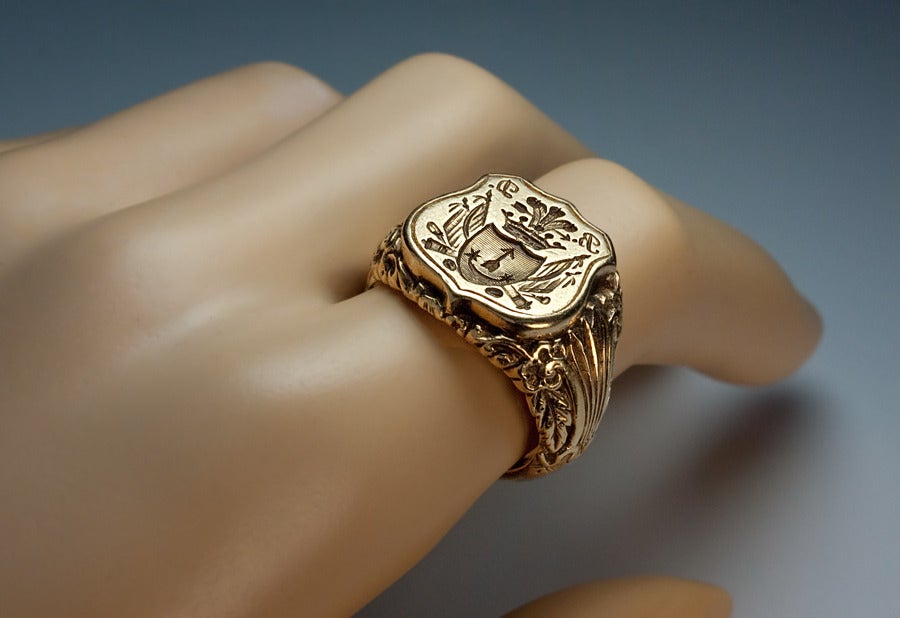Antique Rings
Antique rings have an unparalleled charm and a sense of character that modern rings often lack. These one-of-a-kind treasures often feature rare natural gemstones from mines that are now depleted.
A vintage ring can be worn to commemorate a family history and heritage or as a timeless style choice that will never go out of fashion. Whether your preference is historic or contemporary, there are designs for every price range.
Table of Contents
The Victorian Era
The Victorian era was named after England’s Queen Victoria, and the period was marked by a class-based society that saw more people become eligible to vote and Britain became the most powerful empire in the world. The era saw an increased interest in archaeology and jewellery often featured designs with a Middle Ages feel. Fine gold work – such as filigree, cannetille and repousse – flourished. The use of other alloys such as silver and coloured golds (including rose and yellow) grew too.
Sentimental jewellery was a popular choice, with rings incorporating locks of hair or miniature portraits of loved ones being popular. The era also saw the birth of the Art Nouveau style and nature-inspired motifs such as flowers, acanthus leaves and ivy vines were popular too.
This era ended with the death of Queen Victoria in 1901 and the emergence of her son Edward VII to the throne. During the short Edwardian period, society shifted from being heavily sentimental to a more refined sense of elegance and beauty.
The Georgian Era
Although Georgian era jewellery is named after the reign of five English kings, this period was quite diverse in terms of style. Influences from other countries such as France, Italy, and Germany shaped the art and culture of this time. For example, sentimental motifs and acrostic jewellery were popular. These types of rings would contain a line of gems spelling out a word, usually a name or sentiment. Mourning jewellery was also a popular style, especially for men. These pieces were usually black and would include a depiction of the deceased in the locket or ring design.
As Georgians developed a greater appreciation for classical aesthetics, neoclassical motifs became a common feature of their jewellery. These motifs included floral, foliate and cornucopia designs as well as Greek keys, bacchanalian motifs, and cameos. As a result, many of these rings had a more refined and sophisticated appearance. Gemstones were largely set in silver and often enhanced with foil backings to enhance their brilliance under candlelight.
The Art Deco Era
Taking cues from the contemporary Art Deco style, this period of jewellery was marked by strong geometric shapes. Rather than the organic curves of earlier styles, Deco rings favoured straight lines and geometric forms – a trend that was inspired by the modern art movement Cubism.
After the end of World War I, societal changes brought about an era of innovation. Hemlines rose and more fitted dresses came into fashion, and jewellers began experimenting with new shapes. The invention of the oxyacetylene torch enabled more intricate metalwork, and latticework and exquisite millgrain work became popular.
Precious stones were a key feature of the period, and were used alongside semi-precious materials like onyx and jade. Rings showcased geometric patterns and bold lines, influenced by both the contemporary Cubist movement and the revival of Ancient Egyptian culture sparked by the 1922 discovery of King Tutankhamun’s tomb. It was also the era when diamond cutting evolved, with new diamond cuts like kite shapes, oblongs and baguettes introduced, which would eventually evolve into today’s round brilliant cut.
The Modern Era
The geometric forms of the Art Deco movement translated well into jewelry, especially rings. These styles were often worn as dress rings, but they also found their way into engagement and wedding bands. Diamonds remained the popular gemstone choice, but colored stones also became increasingly fashionable. In particular, emerald cut diamonds and cabochon peridots were used together to create angular patterns. The Art Deco style also saw the rise of filigree metalwork characterized by curling designs, ribbons, and leaves.
Faceting styles and shapes can also help pinpoint a ring’s production date. For example, old mine cuts (a squarish shape with rounded corners and 58 facets) and old European cut diamonds are both seen in rings from the 1800s through the 1930s. Other cutting styles include the rose cut (a rounded shape with a flat top and few facets) and step cuts.
To avoid confusion, it is best to shop for vintage-style rings in person. However, this is not always possible. To be truly vintage, a ring must be 50 years old or older.
